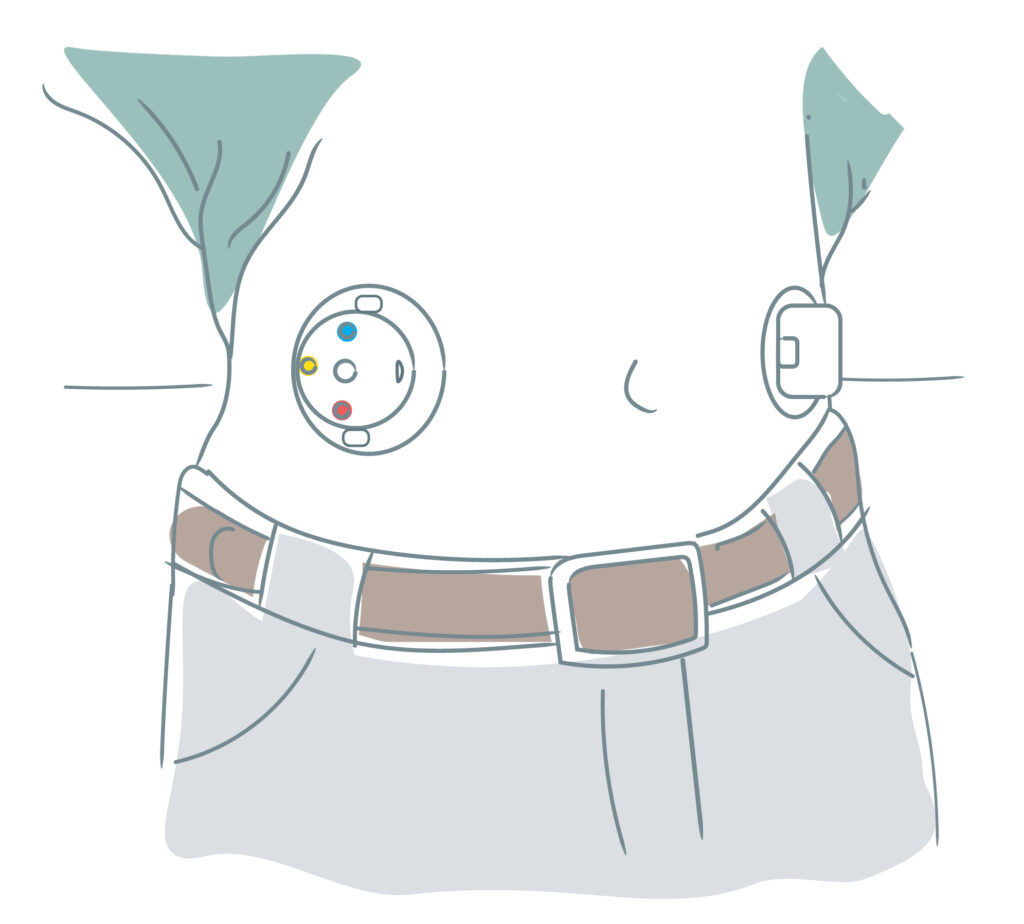The post Protected: Successful Medical Devices cannot be achieved without Human Factors appeared first on We are Human.
]]>This content is password protected. To view it please enter your password below:
The post Protected: Successful Medical Devices cannot be achieved without Human Factors appeared first on We are Human.
]]>The post Unlocking Empathy and Creativity: Understanding Human-Centered Design appeared first on We are Human.
]]>The post Unlocking Empathy and Creativity: Understanding Human-Centered Design appeared first on We are Human.
]]>The post Student Placements with We are Human appeared first on We are Human.
]]>The post Student Placements with We are Human appeared first on We are Human.
]]>The post New Designers 2023: An insight into the future of design appeared first on We are Human.
]]>The post New Designers 2023: An insight into the future of design appeared first on We are Human.
]]>The post Five key benefits of running a diary study appeared first on We are Human.
]]>The post Five key benefits of running a diary study appeared first on We are Human.
]]>The post Introducing: We are Human appeared first on We are Human.
]]>The post Introducing: We are Human appeared first on We are Human.
]]>







































